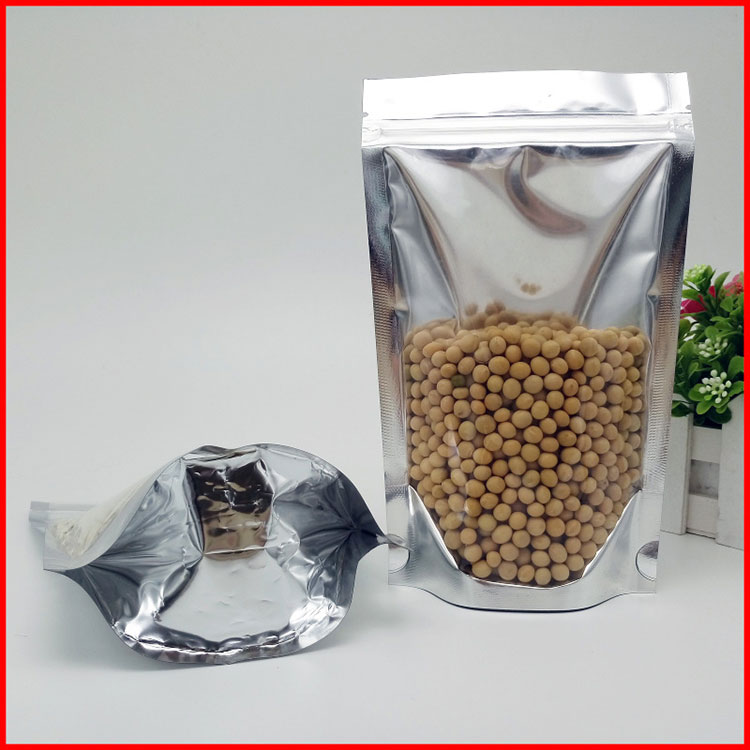Uses of aluminized composite bags
2024-04-01
An aluminized composite bag typically refers to a type of packaging material that incorporates aluminum foil as one of its layers. These bags are commonly used for various purposes due to their excellent barrier properties and versatility.
Here are some key features and uses of aluminized composite bags:
1. Barrier Properties: The aluminum layer provides excellent barrier properties against moisture, oxygen, light, and other environmental factors. This helps in preserving the freshness and quality of the contents inside the bag.
2. Heat Resistance: Aluminum foil has high heat resistance, making it suitable for packaging items that require protection from high temperatures or need to be stored in hot environments.
3. Lightweight and Flexible: Despite having multiple layers, aluminized composite bags are typically lightweight and flexible, which makes them easy to handle and store.
4. Versatility: These bags are used in various industries such as food packaging, pharmaceuticals, electronics, agriculture, and more. They can be used for packaging dry goods, snacks, powdered products, pharmaceuticals, and even for packaging electronic components sensitive to moisture or static electricity.
5. Reflective Properties: The shiny surface of the aluminum foil reflects heat and light, which can be beneficial for products that need protection from UV rays or excessive heat.
6. Customizable: Aluminized composite bags can be customized in terms of size, shape, printing, and additional features like zip locks, tear notches, or hanging holes, depending on the specific requirements of the product being packaged.
Overall, aluminized composite bags are popular choices for packaging various products due to their protective properties, versatility, and customization options.



